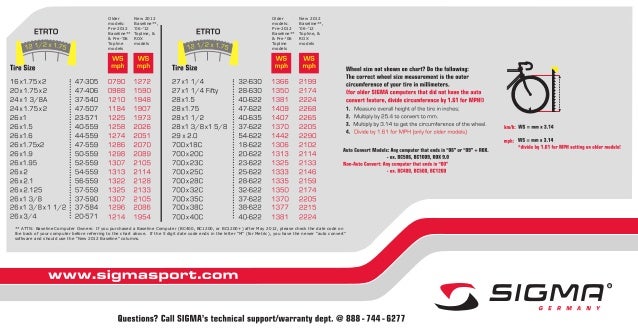If you want to change your car’s original tire and wheel size, then you need to consider some important factors. You cannot simply go out and put on a larger wheel and tire and expect your car to be the same. Your car is designed to roll on a specific wheel and tire size. Changes to either may start a cascade of handling and mechanical issues if you don’t plan carefully.
Below is more information about what tire and wheel size changes do to your car and how to change them the right way.
Reasons for Tire and Wheel Size Changes
Sometimes, people have practical reasons to change their tire and wheel size. One big reason to change wheel or tire sizes is if your car’s original tire size is difficult to find or unavailable. For example, many older cars with smaller wheels may have only a few tire options available in some areas. This can be a problem if you drive under certain conditions or have a certain driving style.
If you size up, then you may find more tire options or variety.
However, for many people, a change in tire or wheel size has more to do with appearance than anything else. Many people use custom wheels to dress up and add value to their cars. Usually, this means a larger wheel size than before. However, some people, like those who own cars with lowriders, often downsize their wheels with wider rims.
Problems With Tire and Wheel Size Changes
One of the most common problems a change in your tire and wheel size can cause is an inaccurate speedometer. A larger tire has a higher circumference and fewer rotations as you roll along the highway. Because the tires rotate slower, the speedometer reads this as a lower speed. The faster your drive, the more your speedometer reading will be off. Your odometer will read lower, too.
Another issue has to do with wear and tear on suspension and brake components. Larger wheels and tires change the suspension angles and could even affect your transmission’s gear ratio. In some cases, brakes, especially anti-lock brakes, are affected. You may need to make suspension and brake changes to compensate for these problems.
In some cases, brakes, especially anti-lock brakes, are affected. You may need to make suspension and brake changes to compensate for these problems.
Another consideration you should take into account is the amount of clearance you have for a larger tire. Some wheel wells are very tight. A larger tire or wheel may rub against your fender or your suspension, especially during turns. Larger tires and wheels also add weight that could reduce your car’s gas mileage.
Ways to Minimize Effects of Tire and Wheel Size Changes
You can minimize the possible effects of a larger tire and wheel with a few calculations and changes. If you minimize the overall size difference, then you may eliminate or reduce problems. For example, you may be able to increase your rim size while you reduce your profile or increase your width. If calculated correctly, you may end up with an overall wheel size similar to your stock wheels, but you will have the larger wheels you want.
Though many people recommend against significant tire and wheel size changes, you may be able to do it safely with the right precautions. If you don’t like the math calculations, then use a tire change calculator to see acceptable tire and wheel sizes for your vehicle. Some calculators also give you information about how your speedometer is affected.
If you don’t like the math calculations, then use a tire change calculator to see acceptable tire and wheel sizes for your vehicle. Some calculators also give you information about how your speedometer is affected.
A better option is to talk to a tire expert at Evans Tire & Service Centers. We can do the math for you and show you what tire and wheel sizes are best for your vehicle. Call us for an appointment, or bring your vehicle in to one of our San Diego County locations for an assessment.
What's In This Guide?
Every car out there is designed with the factory tire size in mind and all the in-car systems are calibrated to that specific tire size.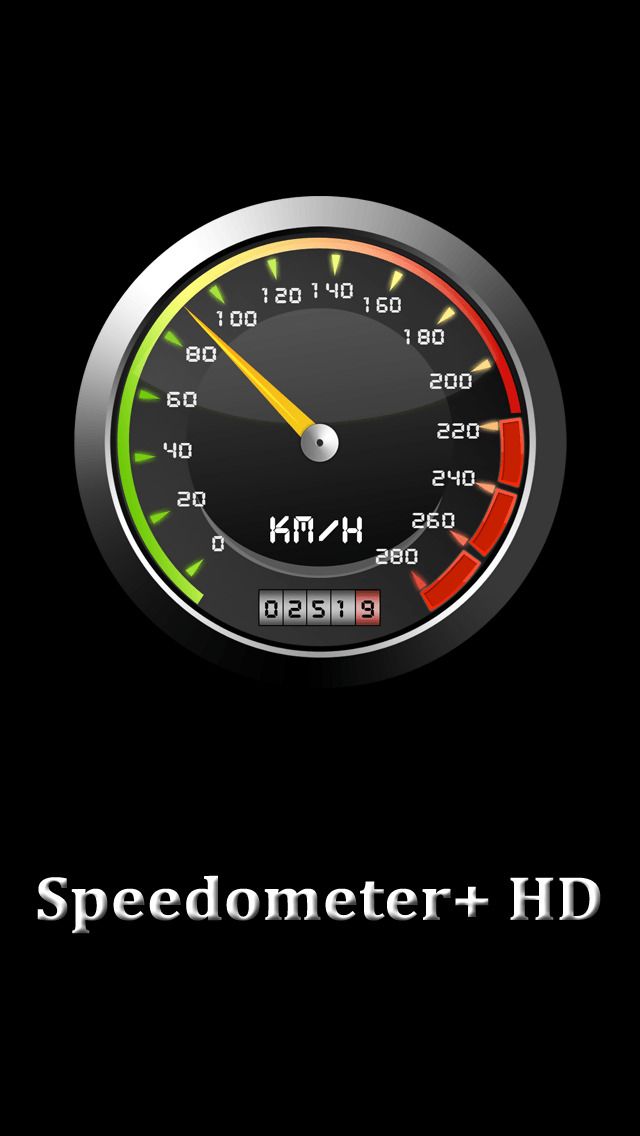 Bigger tires take longer to make a complete rotation which means that a bigger tire travels farther distance before reaching the starting position. However, if you re-calibrate the odometer to counter the change in tire size, your odometer will not be affected.
Bigger tires take longer to make a complete rotation which means that a bigger tire travels farther distance before reaching the starting position. However, if you re-calibrate the odometer to counter the change in tire size, your odometer will not be affected.
A set of bigger tires is going to increase your ground clearance because the car is going to sit higher off the ground. This is the main reason why most people who own SUVs and trucks upgrade their tires for a bigger set as it makes the car more off-road friendly. A bigger set of tires also increases your approach and departure angles as well.
A bigger set of tires also increases your approach and departure angles as well.
A second prominent reason why people tend to invest in a bigger set of tires is that it makes the car look nicer. A very popular trend with truck drivers these days is to install a lift kit and accompany that lift kit with a significant increase in tire size. If you also pair that with a set of fresh wheels, your truck is going to both look nicer and be more capable off-road.
A larger tire will improve your car’s stability because the weight will be better distributed across all four corners of the car. This can make a performance car feel more poised and more hunkered down to the ground, especially if you increase the track-width. Finally, an increase in tire size can also give your more traction.
What Are The Drawbacks Of Bigger Tires?Upgrading your tire size requires you to adjust your existing in-car systems in order to properly cope with the change in tire size. Sometimes you will have to install a lift kit to accommodate a bigger tire set, while other times you will have to invest in a brand-new set of wheels that are compatible with bigger tires.
Sometimes you will have to install a lift kit to accommodate a bigger tire set, while other times you will have to invest in a brand-new set of wheels that are compatible with bigger tires.
All of this ultimately leads to many extra costs associated with simply changing the tire size. Installing a lift kit to accommodate larger tires is expensive, but you don’t always have to do that. Even though a set of bigger tires might make your truck both look nice and perform better on the beaten path, it is also likely to lower your fuel efficiency because bigger tires are heavier and thus require more pulling power.
A set of bigger tires is also going to make your car less comfortable and a lot noisier because bigger tires create more wind resistance and are more substantial in comparison. Most cars these days are designed with a specific tire dimension in mind which means that manufacturers have spent a long time testing the car with that very size of tire.
This will ultimately make your car handle worse, especially if you raise the center of gravity too much as the car is then more likely to experience body roll during cornering or even rub the tires against the wheel wells. Finally, the vast majority of automakers specifically state that making any modifications in regards to the tire size is going to void your warranty.
Finally, the vast majority of automakers specifically state that making any modifications in regards to the tire size is going to void your warranty.
Most car odometers are equipped with a specific sensor that constantly keeps track of the total number of rotations made by a tire at any given moment. This data is then sent to the ECU which calculates the distance by using the number of total complete tire revolutions made.
An odometer is calibrated with a specific tire size in mind which means that an increase in outer tire diameter is going to throw off the odometer and thus the odometer will not be able to correctly count the number of tire rotations. The logic is rather simple, the bigger your footsteps, the larger the distance traveled.
Do Bigger Tires Affect Speedometer?A set of bigger tires affects the speedometer in the very same way because the speedometer uses the same technique to calculate your speed at all times. A bigger tire will make the wheels turn a bit slower which means that the speedometer is likely going to show a slower speed.
A bigger tire will make the wheels turn a bit slower which means that the speedometer is likely going to show a slower speed.
While not having a 100% correct odometer will not get you in jail, an incorrect speedometer might. Given the fact that most drivers these days drive in accordance with the speed limit, or a bit more, a change in a few miles per hour can be the deciding factor between being and not being fined for speeding.
How Can I Calibrate My Odometer After Bigger Tires?It depends on which type of speedometer you got. If your car comes with a mechanical speedometer, you will have to do quite a bit of work. The process is actually not all that difficult, but it’s better to have a professional do it for you.
Almost all newer cars come with an electronic odometer, and to change it, you should go ahead and find your owner’s manual. There you will be able to find all the necessary information needed to perform the odometer calibration.
A Chevy Bolt with off-road truck tires is not really a good idea and that’s why no one has done it yet, I hope so at least. However, there are instances when a bigger set of tires make a lot more sense, but only if you do it the right way.
However, there are instances when a bigger set of tires make a lot more sense, but only if you do it the right way.
Truck and SUV owners in the US are fond of the idea of bigger tires and a lift kit because it makes the truck/SUV look beefier. This does make sense if you do so correctly which means picking the right size and knowing if you also need to replace your brakes, your shocks, your driveshafts, and many other suspension components.
Mounting larger tires on a sports car also makes sense if you put a set of both larger and wider wheels. This way you will increase the car’s traction and make it more stable in the corners. A sharper turn-in is also a benefit mostly associated with a set of larger and wider tires.
Gear ratios are essential when it comes to transferring the torque from the engine to the road, and if you don’t adjust the gear ratios to cope with the differences in tire size, you are likely going to strain your transmission which can cause all sorts of defects down the line.
Whenever you increase the size of the tires you are basically increasing the torque requirement necessary to turn those wheels. The larger the outside tire diameter, the more force it takes to turn them. If you fail to adjust your transmission, you are likely going to experience heat problems because your clutches and bands are going to struggle.
However, if you simply re-gear your transmission correctly, your transmission is going to be able to cope with the tire size difference and your transmission will continue working perfectly. As such, be sure to visit a professional mechanic before you decide to buy larger tires.
Increasing the tire size is not the only modification you can do in order to make your car look nicer. Some people actually prefer larger wheels, while others like to both increase the tire size and the rim size together. Benefits of larger rims include improved grip and traction, more stable cornering, better braking, and better looks.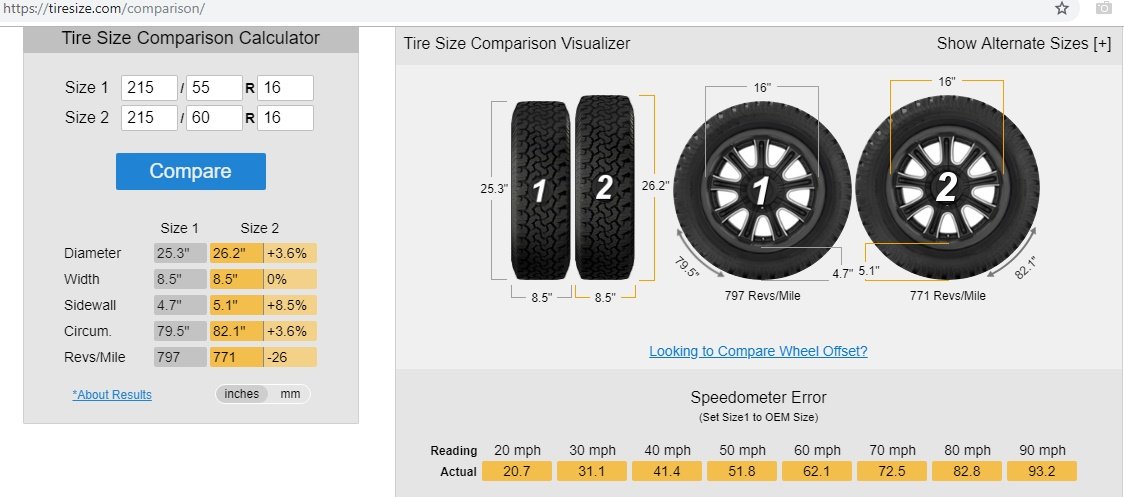
However, larger rims are also going to increase your fuel consumption, make your steering wheel feel heavier, increase tire wear, and potentially even hamper comfort. It makes sense to increase rim size for supercars, sports cars, sedans, and hatchbacks, while increasing rim size for heavier vehicles is going to make the ride a lot stiffer.
ConclusionA set of bigger tires does affect the odometer by making it unable to count the correct distance traveled because the odometer is not aware that you increased the size of the tires. This does not only affect your odometer, but it also affects your speedometer and a myriad of different car software and hardware components.
In order to counter-effect this, you will have to calibrate your odometer depending on the increase in outer tire diameter.
September 4, 2020
Car.ru
Sooner or later, every car owner is faced with the need to replace wheels. And here a quite reasonable question arises - what will happen if you put elements of a different diameter on the car? The answer here is unambiguous - this will affect many parameters in the car, in particular, the speedometer readings.
And here a quite reasonable question arises - what will happen if you put elements of a different diameter on the car? The answer here is unambiguous - this will affect many parameters in the car, in particular, the speedometer readings.
Photo: Car.ruCar.ru
We note right away that the data from this device after installing wheels of a different diameter will not go in favor of the owner. In practice, there are already examples when drivers, for example, instead of regular 14-inch elements, installed 16-inch wheels. After that, they paid attention to the speedometer, which showed 60 km / h, but in reality the speed exceeded 80 km / h.
Video of the day
Let's plunge into science. The main shaft of the gearbox is equipped with a sensor that reads the speed of the element. The connection takes place with the help of a strong cable, which can also rotate. On the other side of it there is a very complex device, which consists of several plates, springs and one magnet.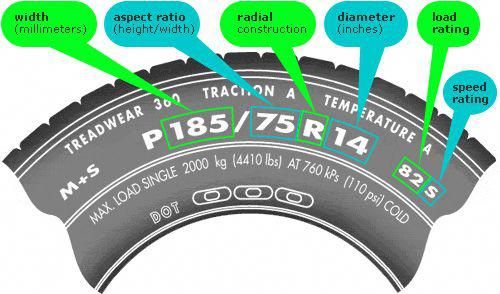 All this is connected to the instrument arrow. In electronic devices, instead of a cable, an electrical wire is installed, which transmits all data from the shaft to the controller. In one and the other version, the calculation of the speed of movement is carried out according to a single principle. Here, only 2 indicators are taken into account - the number of revolutions and the circumference of the element. An important factor is that when calculating the data, the size of the wheels, which was provided by the factory, is taken into account. For example, if a car is recommended to use only 14-inch wheels, the speedometer will only take this size into account when calculating. Therefore, when installing a larger element, the device will begin to give false readings. But are the numbers really that different?
All this is connected to the instrument arrow. In electronic devices, instead of a cable, an electrical wire is installed, which transmits all data from the shaft to the controller. In one and the other version, the calculation of the speed of movement is carried out according to a single principle. Here, only 2 indicators are taken into account - the number of revolutions and the circumference of the element. An important factor is that when calculating the data, the size of the wheels, which was provided by the factory, is taken into account. For example, if a car is recommended to use only 14-inch wheels, the speedometer will only take this size into account when calculating. Therefore, when installing a larger element, the device will begin to give false readings. But are the numbers really that different?
Experts assure that many manufacturers have long been familiar with the desire of motorists to replace wheels with a larger size. The device is initially configured so that the error is taken into account. After installing larger wheels, the error should equate the indicators. However, practice shows that the speedometer always lies. And this is explained by the fact that in addition to the error, there are other factors that affect the readings. For example, the same sensor may give false data. Experts say that rear-wheel drive cars read speed more accurately than front-wheel drive cars. This is due to the fact that the latter have one more error when cornering.
After installing larger wheels, the error should equate the indicators. However, practice shows that the speedometer always lies. And this is explained by the fact that in addition to the error, there are other factors that affect the readings. For example, the same sensor may give false data. Experts say that rear-wheel drive cars read speed more accurately than front-wheel drive cars. This is due to the fact that the latter have one more error when cornering.
Let's remember mathematics. If you put 16-inch wheels instead of 14-inch wheels, the readings will deviate by about 4%. To calculate the error, you need to calculate two lengths - the circumference of the old and new element. This must be done according to the formula - 3.14 * D (wheel diameter). The wheel diameter can be found by adding the rim diameter and tire height multiplied by 2. To obtain error data, you need to find the difference between the circumference of the new and old wheels, then divide by the circumference of the old elements, multiplied by 100.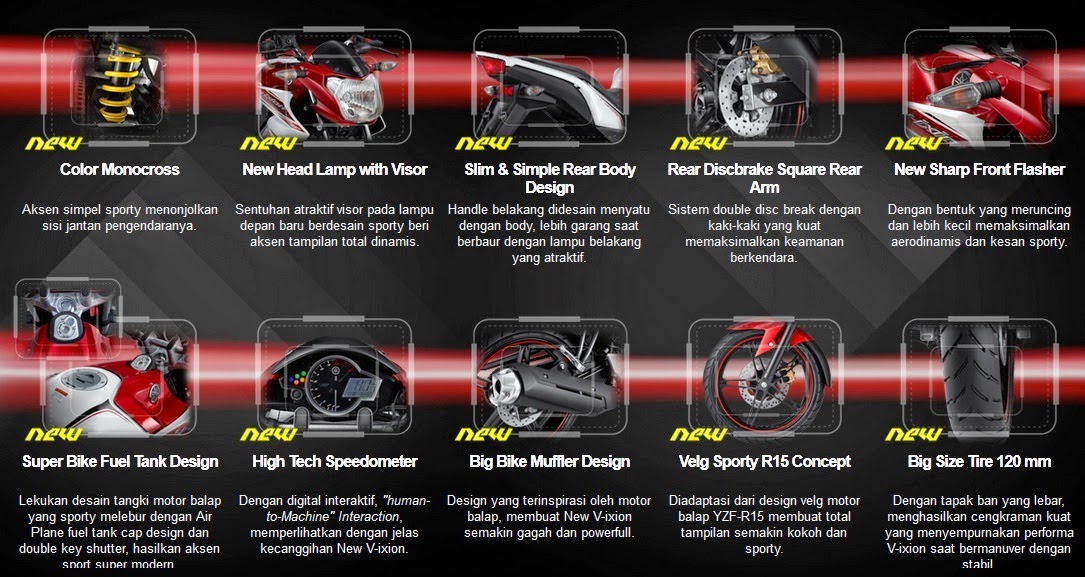 For example, if you get a number of 3.5 , this means that the deviations on the speedometer are 3.5%. If during the movement the speed on the device is 79km/h, in fact, it reaches 81.76 km/h. The same principle applies to mileage - it costs 1000 km, but in fact 1035 km.
For example, if you get a number of 3.5 , this means that the deviations on the speedometer are 3.5%. If during the movement the speed on the device is 79km/h, in fact, it reaches 81.76 km/h. The same principle applies to mileage - it costs 1000 km, but in fact 1035 km.
Total. Wheels of a different size can affect the speedometer readings - the speed is shown lower, the same applies to the mileage indicator.
Autoexpert, Test drives,
Some car owners eventually decide to install wheels with a larger diameter than originally provided at the factory. On the one hand, the car is being transformed, but behind the aesthetic beauty there is a technical error in the speedometer readings, which many people either do not know about or simply do not take into account. This is of course the choice of everyone, but you must admit that an unpleasant situation can arise when you drive your car, adhere to the speed limit, and the traffic police inspector who stopped you claims that you were driving in excess.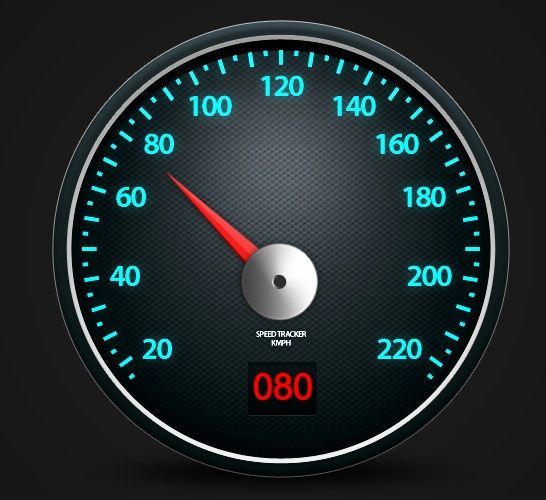 Whom to trust, the inspector or the speedometer? Let's sort it out ...
Whom to trust, the inspector or the speedometer? Let's sort it out ...
Here the situation can be twofold. If the installed size of tires and rims corresponds to factory standards (approved by the manufacturer), then there should be no problems with the speedometer readings (if, of course, it is in good order). But if the dimensions differ from those recommended by the manufacturer, then the inspector may be right.
Ideally, after installing custom tires or rims or both, the speedometer should be calibrated. By default, manufacturers calibrate speedometers to the sizes that are indicated on the car body in the doorway on the driver's side, but if the sizes are different, then the speedometer starts to show not entirely reliable data.
The other day I came across a very interesting little program. The speedometer error calculator when replacing tires and disks is an auxiliary tool for the correct replacement of disks and tires installed on a car. If you want to change tire sizes or put wheels of a different radius, this program will help you find out how external indicators will change, calculate the speedometer error, and show changes in the car's ground clearance (clearance).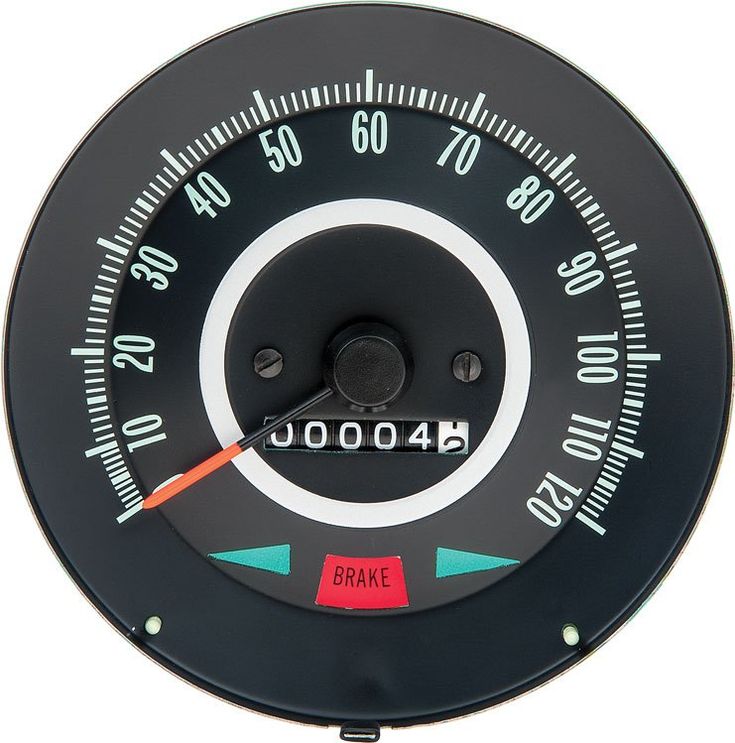
185/60 / R14 - factory rubber values for civilian versions of the 6th generation sivok;
195/55/R15 - factory tires for the 6th generation Honda Civic Type R.
| Old tire size: 145155165175185195205215225235245255265275285295305315325 / 303540455055606570758085 R 12131415161718192022 | New tire size: 145155165175185195205215225235245255265275285295305315325 / 303540455055606570758085 R 12131415161718192022 |
| L — Tire width, mm | 185 | 195 | 10 |
| H — Profile height, mm | 111 | 108 | -3 |
| d — Inner diameter, mm | 356 | 381 | 25 |
| D - Outside diameter, mm | 578 | 596 | 18 |
Attention! Manufacturers and many car services do not recommend installing wide tires on a car during the winter season - this is due to the deterioration of the car's braking performance.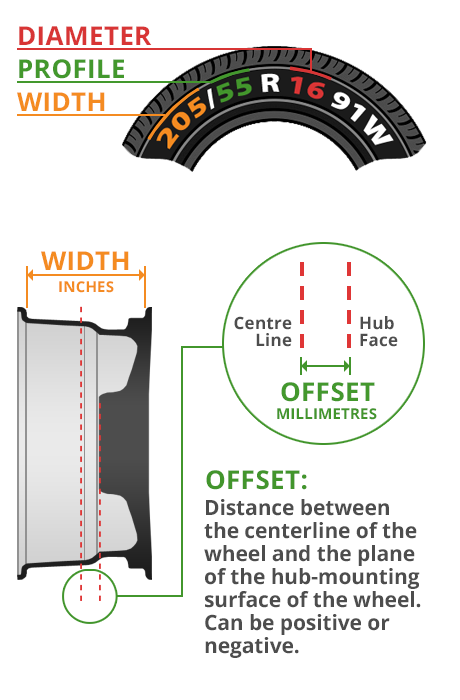
Another useful tool is the rim width calculator. when changing tire parameters, it is very important to check the compatibility of the width of the rim installed on the car. In the worst case, you simply will not be able to pull the rubber on the disk. This small calculator will help you calculate the minimum and maximum rim widths that fit the selected tire size.
Specify tire size: Recommended rim width in inches (1 inch = 2.54 cm)
| |||||||||
Using these two calculators, you can easily determine the size of car tires or choose new rims for the required tire size.